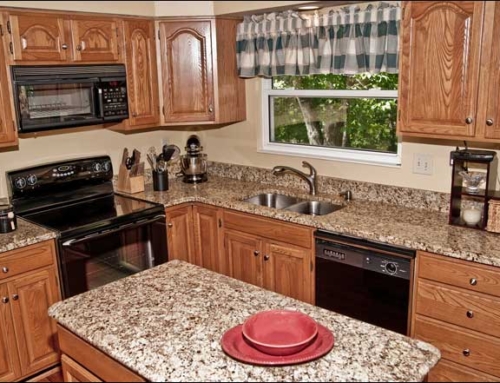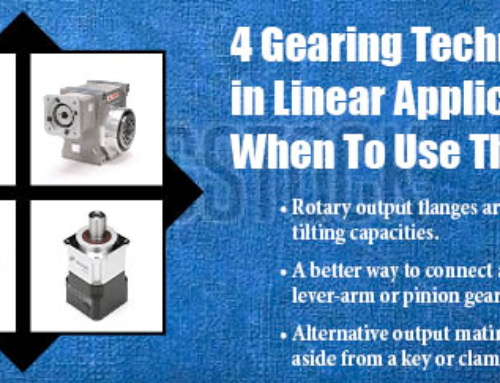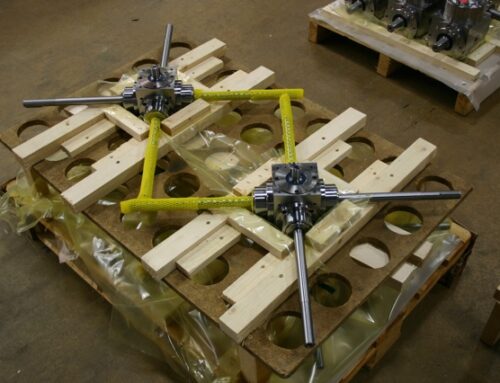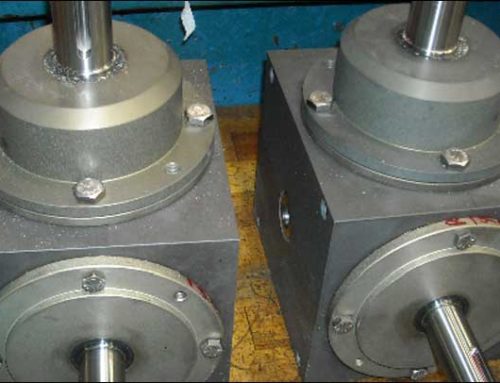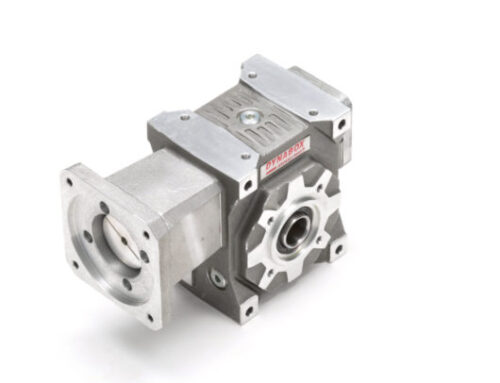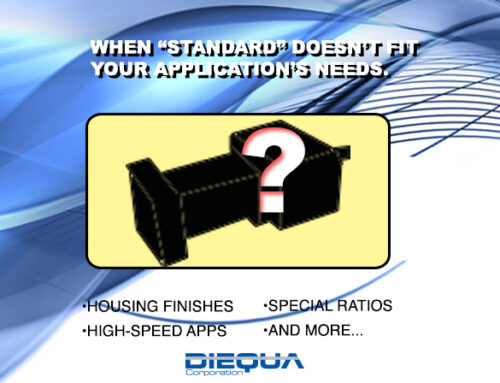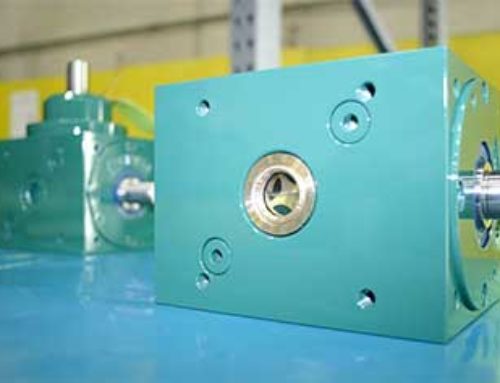While many have visited a fast food restaurant and ordered a chicken sandwich, or that seasonal favorite, the riblet sandwich, they don’t look bad, but I don’t think anyone really believes they are getting an actual chicken breast or boneless rack of ribs.
Or, how about the variety of baked goods formed into unique shapes, and confection products like chocolate bars or ice cream treats produced in specific configurations? To satisfy our quick lifestyle, and our penchant for tasty luxuries, a variety of machinery manufacturers are designing machines to increase the production of these types of products.
For many of these machines, the basis of the design is a reciprocating mold that moves into position and gets filled with the product du-jour. The product is then formed under pressure, heated, or cooled, depending on what it is. The mold retracts or advances, and the product is dispensed. Then, the process starts all over again. The cycle can repeat many times per minute. with multiple cavities per mold, a large number of products can be manufactured in a relatively short time. But it’s rarely enough.
DieQua had a customer with a similar process. The design upgrade required a reduction in cycle time for specific products and the ability to vary cycle times for different products. This would increase productivity and add versatility to the machine. They were changing from a fixed-speed continuous operation to a servo system to achieve these goals.
The machine required a variety of electronic and electromechanical components to more efficiently complete the manufacturing process. These included linear products to actuate and support the mold, cam devices that turned rotary motion into linear motion, gearboxes to multiply motor torque and reduce system inertia, and a servo motor and controls to monitor operations and move the system in a quick and predictable manner.
 DieQua’s challenge was to provide a highly reliable precision right-angle servo gearbox as the main driver. This precision gearbox was to drive two additional gear reducers that actuated the linear mechanisms on either side of the mold. Further complicating matters was an extremely tight space restriction and variable loads due to product type and cycles required.
DieQua’s challenge was to provide a highly reliable precision right-angle servo gearbox as the main driver. This precision gearbox was to drive two additional gear reducers that actuated the linear mechanisms on either side of the mold. Further complicating matters was an extremely tight space restriction and variable loads due to product type and cycles required.
The torque requirements were first determined by calculating the inertia of the servo system and the cycle times needed. Additional factors were added to take into consideration friction inefficiencies, both from the sliding elements and product build-up. Acceleration and deceleration rates were tweaked to eliminate torque spikes. Additional service factors were then added to account for the high starting shock loads that would be experienced.
Armed with the appropriate application data, DieQua was able to select a low-backlash right-angle servo gearhead, with a 1:1 ratio, that was able to meet the demanding service requirements and fit within the allowable space restrictions. Even after it was later determined that higher motor power utilization was necessary, the gearbox performed as expected. Subsequent inspection of the gears and bearings, after an extensive testing period, showed minimal wear, verifying the correct selection was made. The design was accepted, and a new product line was launched.

